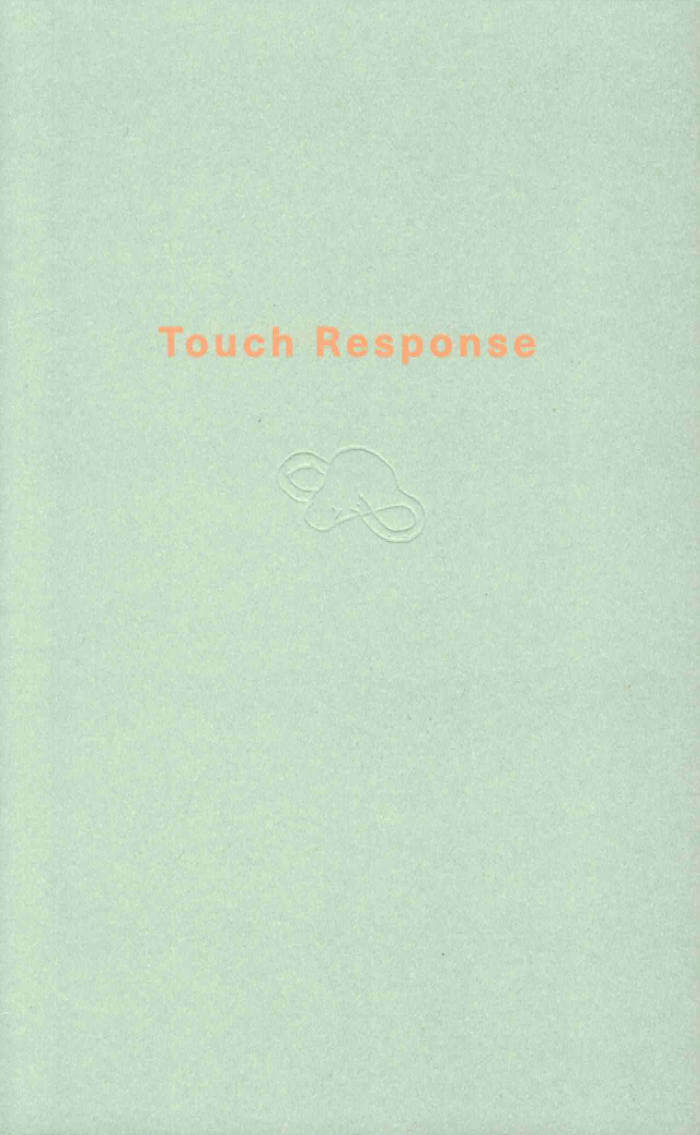
The Significance and Relevance of Early Modern Indian Painters to the Contemporary Indian Art
The Significance and Relevance of Early Modern Indian Painters to the Contemporary Indian Art, written in 1971, reevaluates the legacies of painting inherited by the artist Nilima Sheikh.
Drifting between two inadequate models, one an import of British Colonialism, and another desperate for an identification as "Indian", the artist engages with the works of Raja Ravi Varma, Abanindranath Tagore, Amrita Sher-Gil, Nandalal Bose, and Jamini Roy, as well as the critical and art historical writing surrounding these practices, to offer a revaluation of these legacies and a possible way forward—one that she would go on to articulate in her own decades-long engagement with painting.
Published here for the first time, The Significance and Relevance of Early Modern Indian Painters to the Contemporary Indian Art was written as part of Nilima Sheikh's Master's in Painting at the Faculty of Fine Arts, Maharaja Sayajirao University of Baroda. The complete facsimile of this dissertation is accompanied by a recent interview with the artist by Nihaal Faizal and Sarasija Subramanian.




